Using an ultra-powerful laser, researchers have successfully characterised liquid carbon in the lab for the first time. The experiments offer rare insight into one of the most abundant elements in the universe, which, despite its ubiquity, remains the least understood in its liquid form among stable elements.
Liquid carbon is notoriously difficult to make because it only exists under extreme temperatures and pressures. ‘[Liquid] carbon directly evaporates at ambient pressures. The liquid phase requires pressures of at least several hundred atmospheres to form,’ says Dominik Kraus, a physicist from the University of Rostock in Germany who led the new study. ‘Carbon also has the highest melting temperature of all materials under these conditions.’ This means that no known material can conveniently contain liquid carbon for laboratory analysis.
‘You need to come up with a clever scheme and still deal with the fact that you have a finite time to probe the sample before it explodes,’ adds Craig Schwartz, an expert in materials characterisation from the University of Nevada, Las Vegas in the US, who was not involved in the work.
Without the ability to reproducibly produce it, our understanding of liquid carbon’s behaviour – its structure, dynamics, and physical properties – remains largely uncharted. ‘We know basically nothing,’ says Schwartz. ‘We have the structure at only a few pressures [and] know absolutely nothing about the dynamics of the system.’
However, this understanding will be important for many up-and-coming technologies. ‘Carbon is intimately involved in vital modern processes, [including] synthesis of novel carbon materials, and the development of nuclear fusion reactors,’ says physical chemist Richard Saykally from the University of California, Berkeley, in the US, who was also not part of the project team.

‘It’s been linked to nanodiamonds, Q-carbon, potentially certain nanotubes,’ adds Schwartz. ‘It could basically be a valuable intermediate in more or less all advanced forms of carbon.’
‘[Thus,] it is essential to understand liquid carbon’s physics,’ says Saykally.
Additionally, liquid carbon is believed to exist deep within planetary interiors, such as Uranus and Neptune, where scientists think it may contribute to their unusual magnetic fields. ‘Studying liquid carbon [will help] model how carbon behaves deep within these planets,’ says Kraus. ‘It may undergo unusual changes – like shifting between conducting and non-conducting states – that could affect a planet’s heat flow, magnetic field, and overall structure.’
Shock compression
To create liquid carbon on Earth, Kraus and his colleagues used a record-breaking solid-state laser that was developed in the UK for the European XFEL facility and designed to study matter under extreme conditions.
‘[We drove] strong shock compression waves into solid carbon samples using a pulsed high-energy laser,’ explains Kraus. ‘Pressures exceeding one million atmospheres were achieved and the compression waves simultaneously heated the samples to temperatures around 7000K to form liquid carbon for few nanoseconds.’
Snapshots of the structure were captured using ultrabright x-ray pulses, each lasting just 25 femtoseconds – about 100,000 times shorter than the already brief lifetime of the liquid carbon samples.
‘These are by far the most detailed and informative data yet obtained for the liquid state of carbon,’ comments Saykally, who adds that the diffraction data closely aligns with predictions from theoretical calculations.
In solid diamond, each carbon atom is bonded to four others in a stable, fixed structure. When melted, you’d expect these bonds to break completely. But even in liquid form, Kraus and his team found that carbon atoms still tend to stay near four neighbours. ‘It somewhat preserves remnants from the solid diamond structure, which is also tetrahedral,’ says Kraus. ‘We [also constrained] the melting temperature to about 6700K at a pressure of 1.2 million atmospheres.’
Saykally notes that a key next step is to investigate the electromagnetic properties of liquid carbon, both in the bulk and at the surface. ‘Its chemical reactivity will need to be understood […] to construct devices and systems that can [use it effectively].’
Kraus notes that his team now plans to expand its laser-based techniques to study other materials under extreme pressure and temperature. ‘[We] will study mixtures of light elements that may exist in planetary interiors, and the chemistry at extreme conditions,’ he explains. ‘This may also be interesting for forming doped nanodiamonds or other phases with technological potential.’
References
D Kraus et al, Nature, 2025, DOI: 10.1038/s41586-025-09035-6


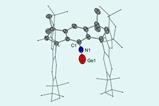


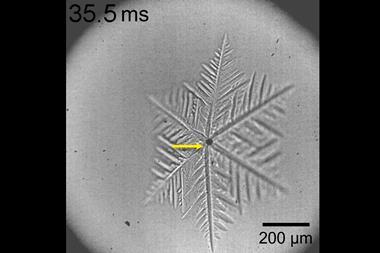
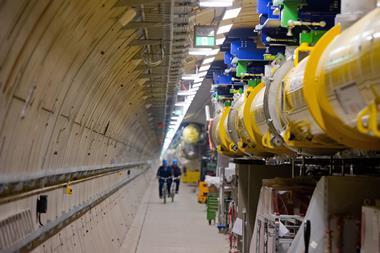
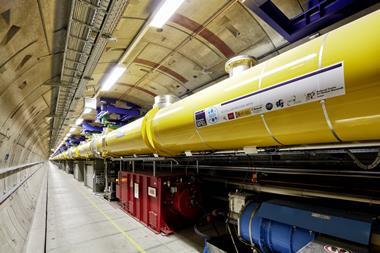
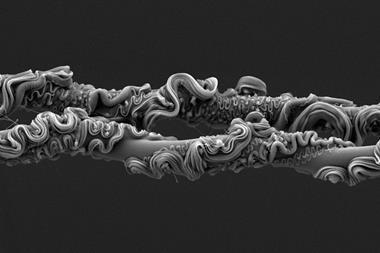


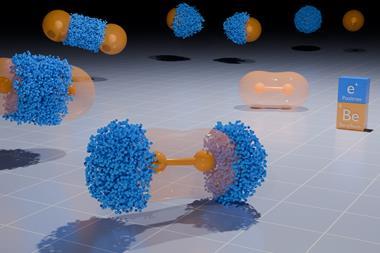


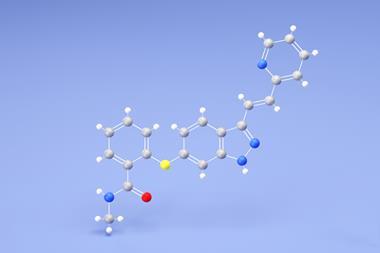
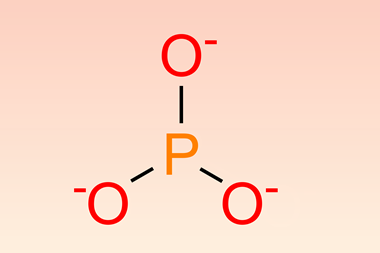

No comments yet